Title image created using Dall E 2, with input by Punya Mishra
My colleague Jill Koyama shared an essay published in the Refugee Research Online journal, titled “It’s all in the bag: Refugees and Materiality.”
This essay was co-authored by Jill and Zeljka (a former child refugee from Croatia) and speaks to the profound meaning that certain physical artifacts (such as flight tickets, government documentation etc.) have to Zeljka. These artifacts are deeply meaningful to her as a refugee, as being the only official records of her very existence. Though grounded in the story of one individual the essay speaks to the refugee experience more broadly and the critical role that these material artifacts play in their lives. As they write, this essay is about
… how material objects, with human investment, do play important roles in the lives of people, especially those whose connections to other people have become strained, fractured, or severed through violence, trauma and war.
I loved the piece for a couple of reasons. First, I think this article is a must-read for the message it conveys, and the point it makes about the role of artifacts in conveying meaning. Second, the article provides a different model for academic writing. It is rare that we see academics co-author pieces with people that we are ostensibly studying, the “subjects of our academic gaze” as it were. That separation between us (as scholars/researchers/scientists) and them (the objects of our study) may make sense in some disciplines but clearly not in the kinds of intellectual spaces we inhabit. But bridging that gap is not easy. Historical tradition and inertia, and the transference of research models from the sciences to the social sciences / humanities, being a couple of key factors that get in the way. The act of co-authorship, where the scholar and the participant, work together as one, is a profoundly empowering move and I commend Jill and Zeljka for being willing to take on that challenge.

Another reason I wanted to write about this essay was because Jill’s email sharing the essay came at an almost perfect moment for me personally. I am, this semester, teaching my Education by Design seminar and this piece resonated quite deeply with the ideas we are engaging with at this very moment. As it happens this week we are reading about and discussing the idea that inanimate objects often get imbibed with meaning in special and unique ways for each of us. In fact, next Monday, all of us in the seminar, are bringing some objects from our daily lives that are deeply meaningful to us – in ways that go above and beyond the object’s material properties.
I have been thinking about what I will take to the class next week. And after a great deal of reflection I have finally focused on three objects – and specifically three books. These are books that have been with me for over 40 years. I got all three when I was a student in high-school in the 1980’s in New Delhi, and they have traveled with me through college and graduate school (moving with me to Pilani for my undergraduate studies, to Mumbai for my master’s in design, and from there to Oxford, Ohio and University of Illinois Urbana Champaign where I got my doctorate. These books then moved to East Lansing, Michigan where I got my first faculty position and and finally reached Phoenix, Arizona, where I currently live.
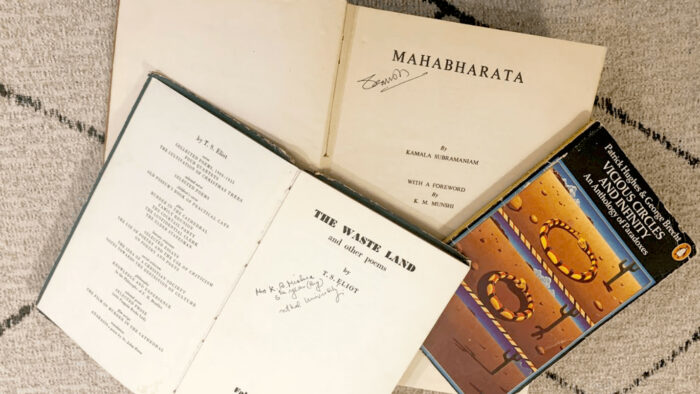
The first, is a translation of the magnificent Indian epic, The Mahabharata, translated by Kamala Subramanium. This was a book that my mother read to me when I was a child, and may also be one of the first books I ever read cover to cover, though I had my favorite parts that I dipped into again and again. The Mahabharata is clearly one of my favorite epics, complex and full of amazing stories and characters.
The second is a copy of The Wasteland and other poems by T S Eliot. This book was something my mother read when she was doing her MA in English Literature (in the mid 60’s), and somehow ended up with me. The title poem, though famous, never resonated with me, and honestly for the longest time, I did not care much for poetry. My interests were much more in the science and math and ideas in those realms. One day I got my hands on the autobiography of physicist Freeman Dyson, titled Disturbing the Universe. It was there somewhere in the preface that I realized that he had taken the title of his book from a T. S. Eliot poem. Maybe there was something to this poetry thing after all – now that a physicist was recommending it. The poem that Dyson referenced in his title was The Love poem of Alfred J Prufock—incidentally the first poem in my mother’s book. Reading The Love poem of Alfred J Prufock blew me away. It provided me a vision of what poetry could be that I had never thought of before, and poetry now became something that I began to devour. This poem (and this book) changed my life.
And finally, third is a tiny little book called Vicious Circles and Infinity: An Anthology of Paradoxes, that sparked my interest in mathematics, paradoxes, visual illusions, things that I dabble with even today, whether in new year’s videos, or in my visual wordplay.
If I would add one more book to this list it would be Robert Pirsig’s Zen and the Art of Motorcycle Maintenance—the book that got me interested in the man-made world, the world of design. I do not, however, have the original copy of that book. I gave it as a gift to someone who, I know, treasures it as much as I do.
Apart from these three books, I doubt possess anything else that go back that far… and each of these books, in their own way, lays a claim to who I am today. So reading Jill and Zeljka’s essay, and thinking of the assignment for next week brought me back to these books. It was great to pull them off the shelf, and just flip through them. So much as changed in my life, over the past 4 decades yet, these books are a thread that speaks to a sense of continuity amidst all the change.

As I was looking through these books and reflecting on the essay by Jill and Zeljka, however, another thought came to mind. In particular, in her email sharing the essay with me and other colleagues, Jill wrote that “Zjelka is still not comfortable using her last name or offering a bio for the public which speaks to the ways in which ‘former refugees’ can continue to feel not necessarily safe even after years of living in the US and becoming US citizens.”
And as I reflected on these words and the deep deep tragedy of being uprooted and replanted in a new context, I was reminded of a discussion we had in class last week. One of the assignments in the class is to create a photo essay about our relationship to things. And as we were brainstorming topics, one possible idea that was suggested “What object from your house would you save in case of a fire.” And my first response, without even thinking about it for a second, was “My passport.”
Not these three books, not photos of my children. But my passport. Because, having the passport, means that I can “prove” who I am. And it hit me that even after having spent more than half my life in the USA and having been a permanent resident and then a citizen for almost 20+ years I still feel that sense of uncertainty of having to prove my belongingness.
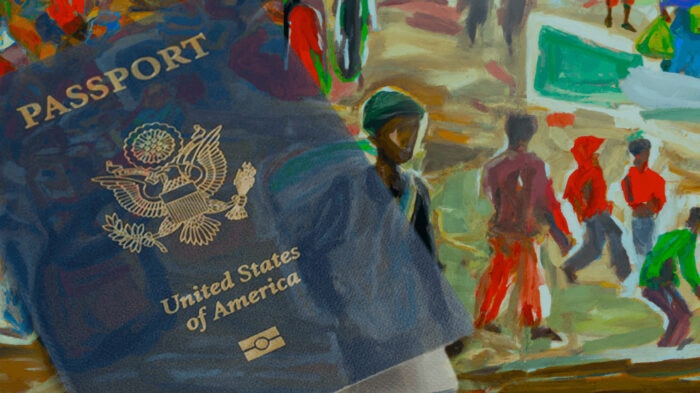
I must add that I am in no way comparing my experience of immigration to what refugees have to go through – but if I (who has had a relatively privileged existence) feel this way, I can’t even begin to imagine just how traumatic these journeys must be for people like Zjelka.
I will let Jill and Zjelka have the last word here, since it was their writing that inspired this piece in the first place, and they capture the idea more eloquently that I ever could:
Matter is not neutral and those who have had to depend on material objects for survival likely best understand this… Materiality can also signify consequentiality. Things come to mean something, whether symbolically or otherwise, when they are imbued with practical insinuations.

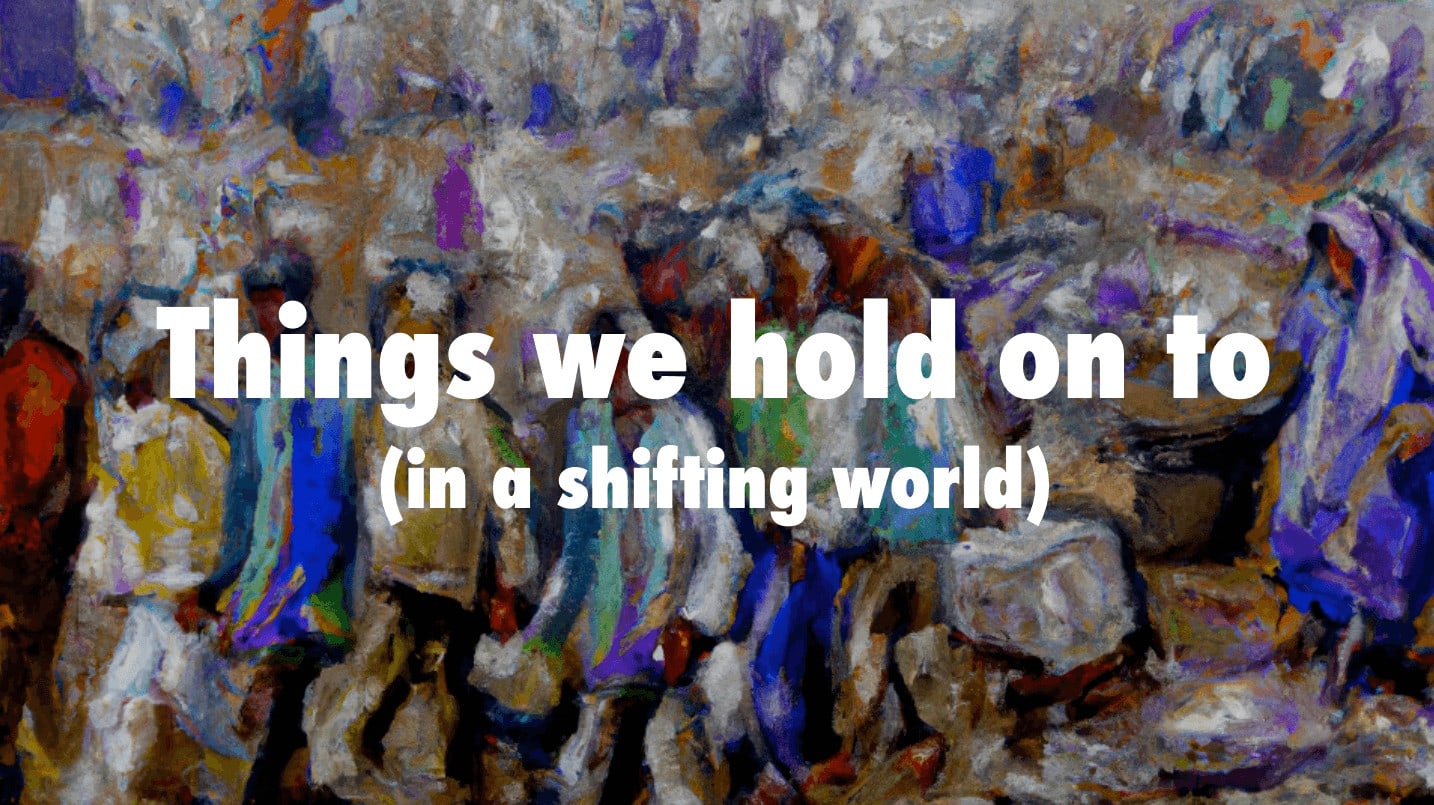
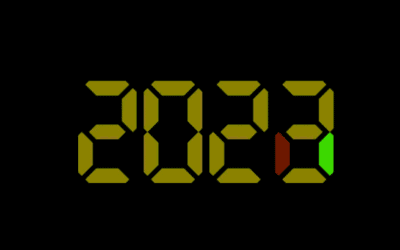

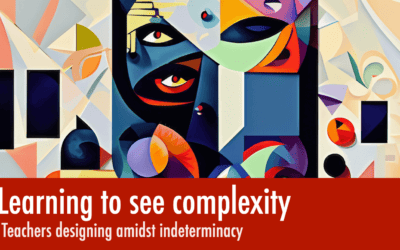
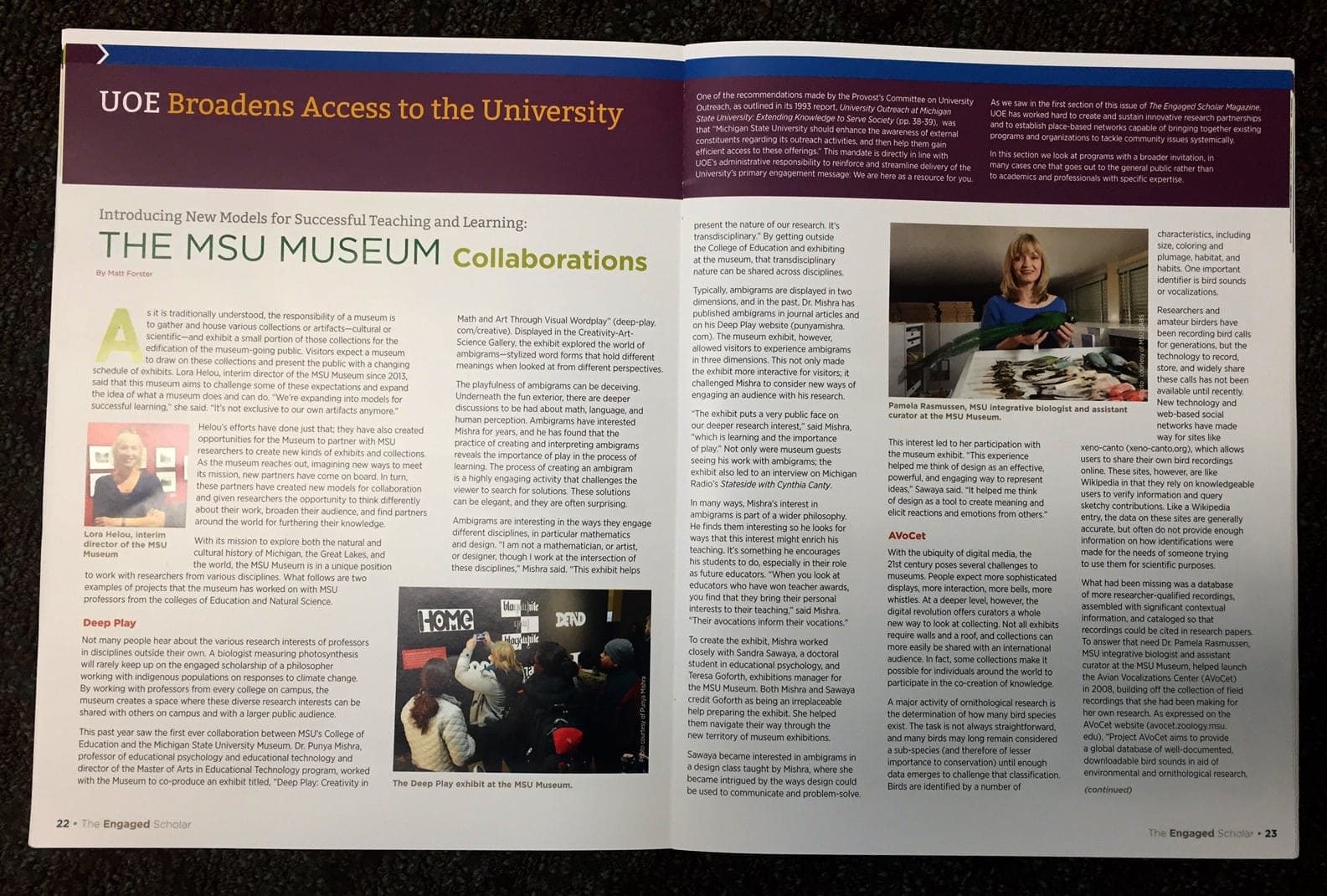
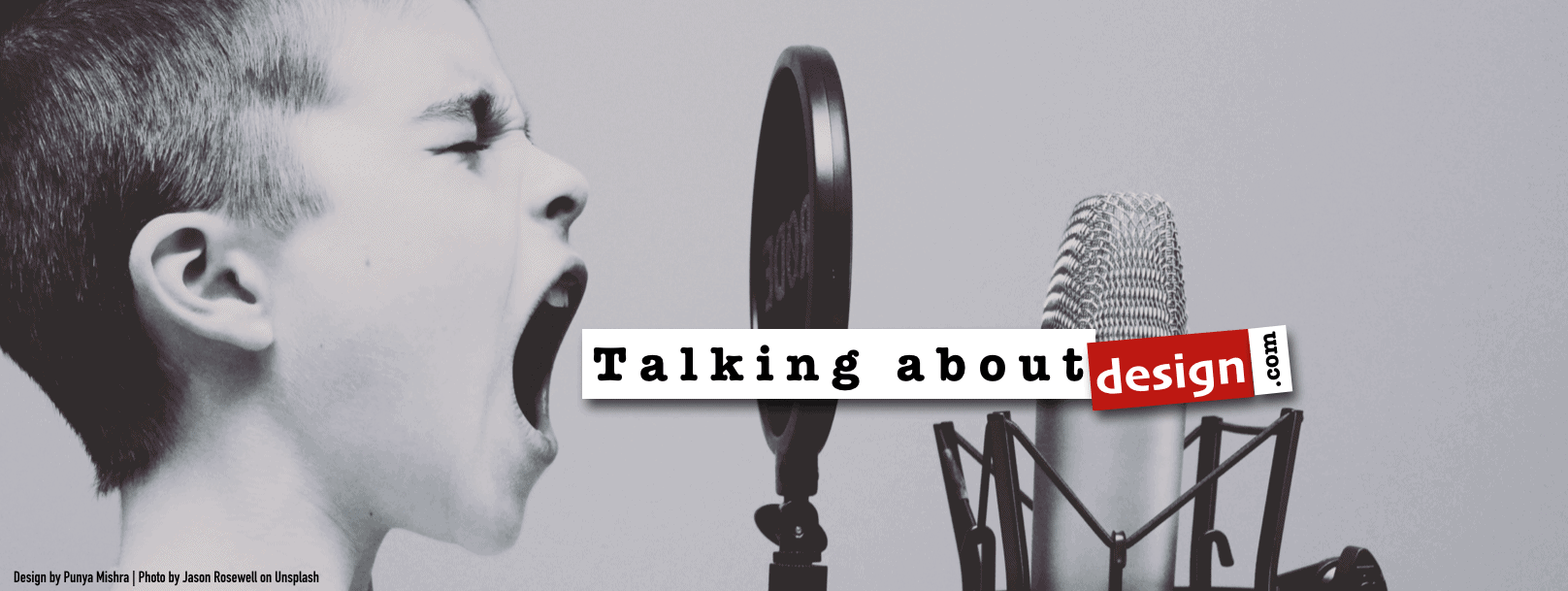
0 Comments